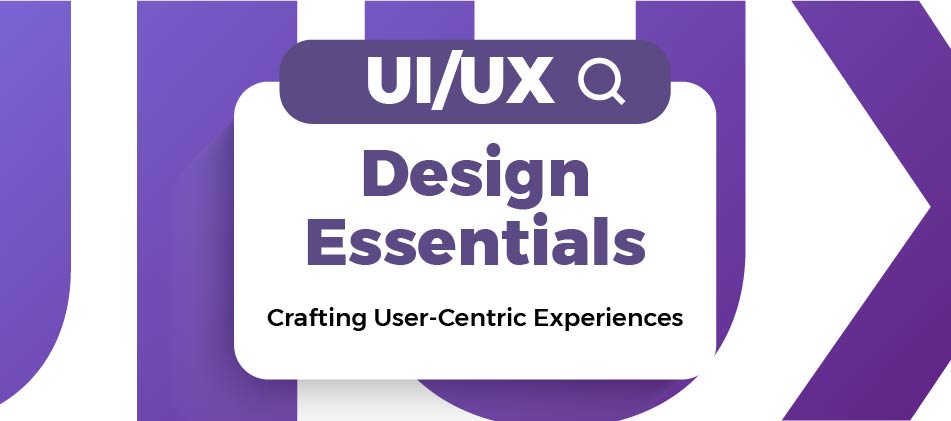User Interface (UI) and User Experience (UX) design are essential components of creating digital products and services that resonate with users. In this blog post, we’ll explore the fundamentals of UI/UX design, their importance, and best practices for crafting user-centric experiences.
Table of Contents
ToggleUnderstanding UI and UX Design
- UI Design: UI design focuses on the visual elements of a digital product, including the layout, colors, typography, buttons, and interactive components. It aims to create an aesthetically pleasing and visually appealing interface.
- UX Design: UX design, on the other hand, is concerned with the overall user experience. It encompasses the usability, functionality, and accessibility of a digital product, aiming to ensure that users can achieve their goals with ease and satisfaction.
Importance of UI/UX Design
UI/UX design is critical for several reasons:
- User Satisfaction: Well-designed interfaces and seamless experiences lead to higher user satisfaction and retention.
- Competitive Advantage: Intuitive and user-friendly designs set products apart from the competition.
- Reduced Errors: Thoughtful UI/UX design can minimize user errors and frustration.
- Business Success: A positive user experience can translate into increased conversions and revenue.
Best Practices for UI/UX Design
- User Research: Understand your target audience through user research, including surveys, interviews, and usability testing.
- User-Centered Design: Design with the user in mind, focusing on their needs, preferences, and pain points.
- Simplicity: Keep interfaces simple and easy to navigate. Avoid clutter and unnecessary elements.
- Consistency: Maintain a consistent design language and layout throughout the product.
- Mobile Responsiveness: Ensure that designs are responsive and work well on various devices and screen sizes.
- Accessibility: Design with accessibility in mind to make products usable by people with disabilities.
- Visual Hierarchy: Use visual cues to guide users’ attention to important elements and actions.
- Prototyping: Create interactive prototypes to test and refine design concepts.
- Feedback Loops: Gather feedback from users and iterate on designs based on their input.
- Usability Testing: Conduct usability testing to identify issues and refine the user experience.
Tools for UI/UX Design
Several tools are available to assist UI/UX designers:
- Sketch: A popular vector design tool for macOS, used for creating user interfaces and prototypes.
- Adobe XD: Adobe’s UX/UI design and collaboration tool, suitable for creating interactive prototypes.
- Figma: A web-based collaborative design tool that allows real-time collaboration among team members.
- InVision: A prototyping and collaboration platform for designing and sharing interactive user experiences.
- Axure RP: A tool for creating highly interactive and dynamic prototypes.
Conclusion
UI/UX design is a fundamental aspect of creating digital products and services that resonate with users. By following best practices, conducting user research, and leveraging design tools, organizations can craft user-centric experiences that lead to higher user satisfaction, engagement, and business success.



